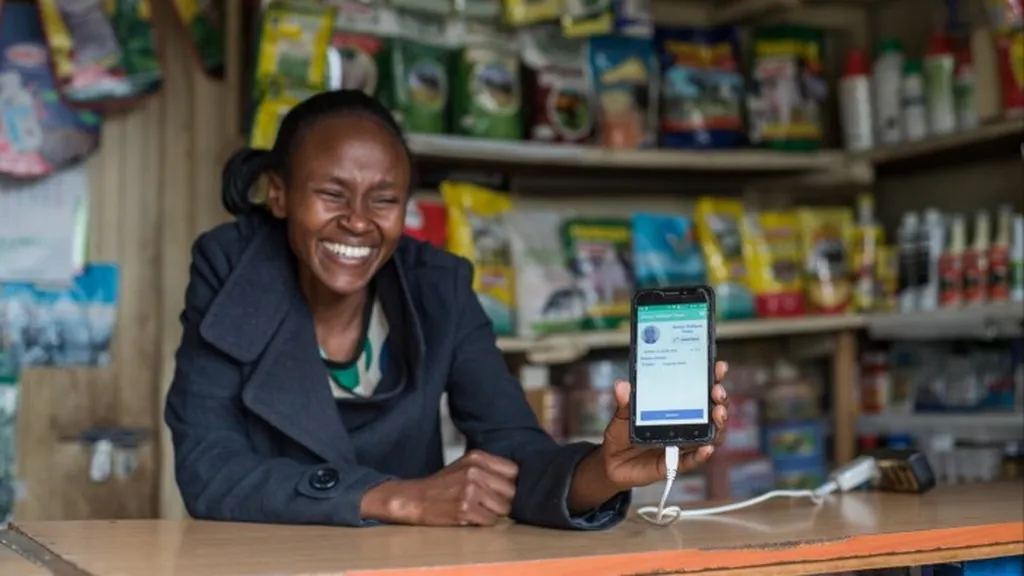India’s agricultural landscape is undergoing a quiet but profound transformation as space technology converges with artificial intelligence, reshaping how farmers cultivate crops, manage resources, and adapt to climate challenges. This shift isn’t just about adopting new tools—it’s about building a more resilient food system in a country where agriculture supports nearly half the workforce yet remains vulnerable to environmental pressures.
At the heart of this change is the Indian Space Research Organisation (ISRO), which has expanded its satellite capabilities to deliver real-time, high-resolution data tailored for farming. Using optical, hyperspectral, infrared, and radar sensors, ISRO’s Earth observation satellites now monitor crop health, soil conditions, and climate impacts across millions of hectares. This data isn’t just academic; it’s actionable. Farmers receive precise insights on irrigation needs, fertiliser application, and pest outbreaks, reducing guesswork and improving efficiency.
Agtech firms like Farmonaut are leveraging this satellite data to refine precision agriculture. Their multispectral imaging systems detect early signs of crop stress, soil moisture deficits, or nutrient imbalances—issues that, if unaddressed, could slash yields. “The strategic use of space technology represents a quantum leap in precision agriculture,” notes Farmonaut’s recent analysis. By replacing broad-brush farming practices with data-driven decisions, farmers can cut costs while boosting productivity—a critical advantage as climate variability intensifies.
The real game-changer, however, is the fusion of satellite data with artificial intelligence. AI platforms now analyse vast datasets—from soil moisture levels to weather forecasts—to generate hyper-localised advisories for farmers. These systems don’t just predict rainfall; they recommend optimal planting windows, warn of disease risks, and even suggest alternative crops based on climate projections. For smallholder farmers, who often lack access to extension services, such tools bridge a critical knowledge gap.
Water management, a perennial challenge in Indian agriculture, is another area where space tech is making inroads. Remote sensing tools, including microwave and synthetic aperture radar (SAR), track soil moisture in real time, helping farmers irrigate more efficiently. With groundwater depletion and erratic monsoons threatening food security, these innovations could mitigate water waste while sustaining yields.
Beyond immediate farm-level benefits, this technological integration is strengthening India’s climate adaptation strategies. Quantum computing, though still nascent, promises to accelerate data processing from satellites, enabling faster climate modeling and land-use optimization. Meanwhile, renewable energy solutions—solar-powered irrigation, AI-driven energy management—are being woven into farming operations, reducing reliance on fossil fuels and aligning with net-zero goals.
The implications extend far beyond India’s borders. As climate change disrupts global food systems, the country’s advancements in space-AI-driven agriculture offer a blueprint for other nations grappling with similar challenges. By combining satellite precision with AI’s predictive power, India isn’t just modernizing its farms—it’s redefining how technology can secure food supplies in an era of environmental uncertainty.
For farmers, the message is clear: the future of agriculture isn’t just in the soil—it’s in the sky. And as these tools become more accessible, the divide between traditional farming and cutting-edge innovation is narrowing, one satellite pass at a time.

